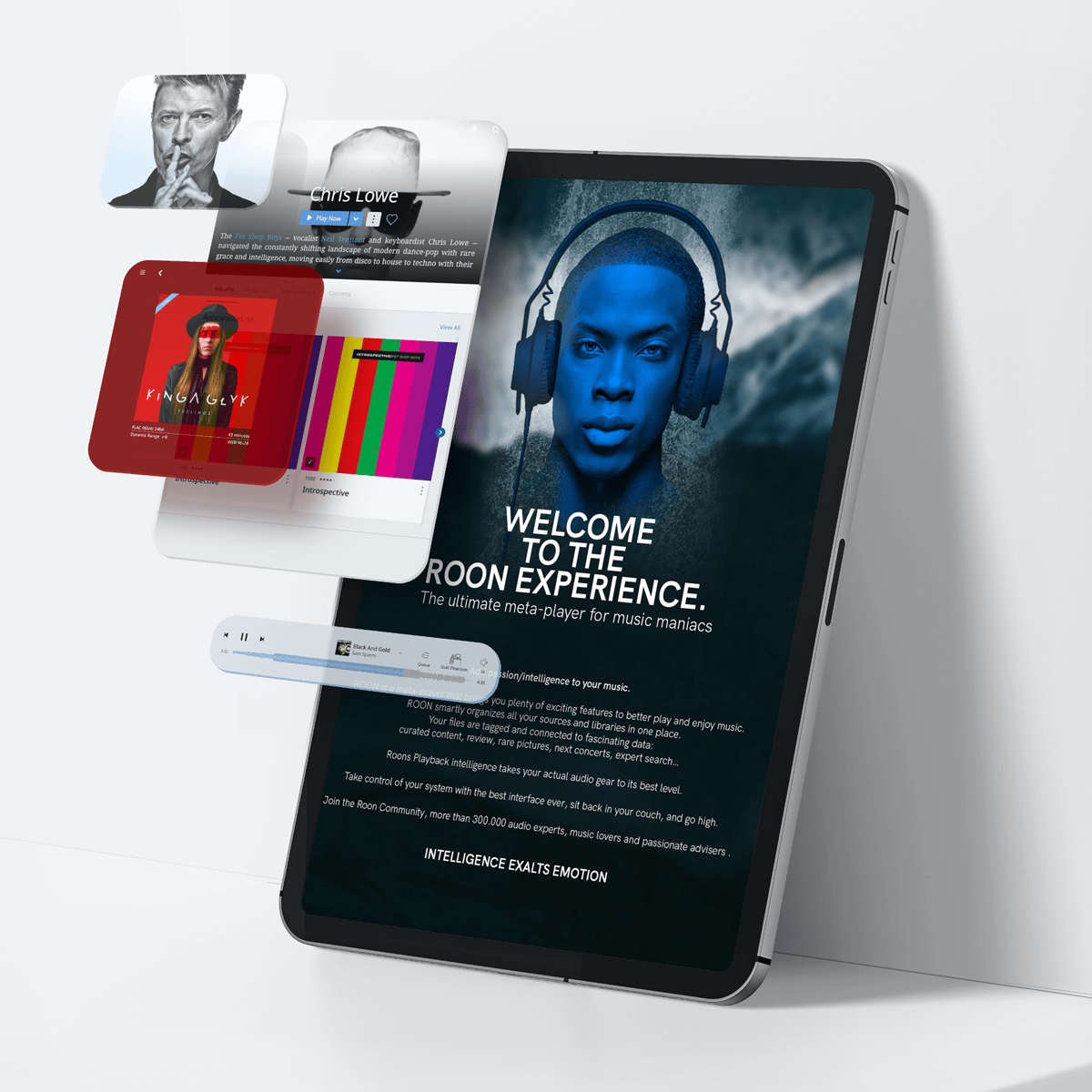Your Questions about Assistive Technology in the Classroom, Answered
Our experts break down the importance of assistive technology for your students
Advancements in technology have transformed how we interact with the world. One group that has benefited from recent innovations is people with disabilities. The goal of assistive technology is to give equal access to those with disabilities in the workplace, school, and more. This is especially important for students with disabilities, as receiving an education is essential.
However, schools might wonder how to best implement this technology with their procedures and curriculums. Our experts are here to help you with all your technology needs, from assistive technology to audio-video systems. This blog breaks down the importance of assistive technology and some tips and tricks for implementing it.
Read on to learn the answers to common questions about assistive technology in the classroom for administrators and educators in Santa Rosa, CA.
SEE ALSO: The Benefits of Using Assistive Technology in the Classroom
Am I required to have assistive technology?
Assistive technology (AT) is any item, equipment, or system that maintains, increases, or improves the capabilities of a child with a disability, defined in Section 300.5 of the Individuals with Disabilities Education Act (IDEA). In addition, section 300.324 requires that AT and other services are included during the development of a student’s individualized education program (IEP).
Why is proactive implementation so important?
Research indicates a wide gap between the number of students who would benefit from assistive technology and those who actually receive it, creating a disadvantage. In addition, when these services are provided, they are often offered reactively instead of proactively or only when a teacher or parent has suggested that it might benefit the student. This means that only students with teachers or parents familiar with AT are likely to receive it.
Is assistive technology only for special education teachers?
Assistive technology is not only the responsibility of special education teachers. General education teachers should also understand AT because they tend to spend more time with their students and know them best. Unfortunately, studies show that general education teachers are significantly less confident than special education teachers. Incorporating a quick AT orientation into preservice training increases confidence in AT.
What are some examples of assistive technology?
There are many ways to make your classroom more accessible! Some examples include adaptive furniture, augmented and alternative communication technology, and text-to-speech devices. Even within each category of assistive technology, there are several choices, so you might have to use trial and error to find the right choice for your students. Consider the unique needs of each student when selecting the right assistive technology, and remain in communication with major stakeholders such as the students themselves and their parents.
At PCD Audio & Video System Integration, we work with educational institutions, helping them create more inclusive learning environments through advanced AV technology. To learn more about our solutions or to schedule a complimentary consultation, contact PCD Audio & Video System Integration today.
When you subscribe to the blog, we will send you an e-mail when there are new updates on the site so you wouldn't miss them.



